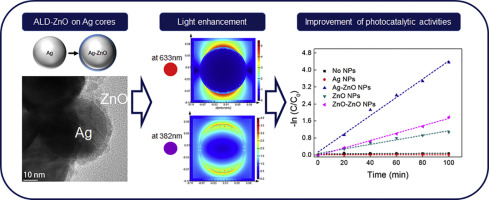ANTIMICROBIAL AND CYTOTOXICITY OF Ag AND ZnO NANOPARTICLES
Keywords:
Antimicrobial, cytotoxicity, nanoparticles, Green Nanoparticles, MiceAbstract
The leaves of Aloe vera were extracted by boiling in presence of stabilizing agent (Ammonia) to synthesize Ag nanoparticles at concentration 3.5mg/ml.The Ag NPs were recognized with UVVIS spectrophotometer at optical density in (390, 400 and 450) nm respectively, also with a scanning electron microscope. The image was between 50-500 nm. The concentrations of nanoparticles measured using atomic absorption spectrophotometer which gave different concentrations of nanoparticles (3.5, 3.8 and 4) mg/ml of green synthetic of nanoparticles. AgNanoparticles solid and colloid Zn nanoparticles (Ag and ZnO) were used. Biosynthetic of these nanoparticles had antibacterial activity of Escherichia coli and Staphylococcus aureus with concentration of 0.17 mg/ml, while colloid nanoparticles was 3.5 µg/ml. The colloid ZnO nanoparticles showed antifungal activity on the tested fungi (Aspergillus niger, Pencillum spp and Candida albican) with concentration 0.17 mg/ml. The cytotoxicity effect of Aloe Vera boiling water extract and nanoparticles investigated. Results showed that the Aloe vera crude extract, biosynthetic Ag nanoparticles and ZnO showed significant effect on the HepG2 Cell line .Results showed that The Aloe vera extract at a concentration of 300 mg/ml and nanoparticles at a concentration of 3.5 mg/ml showed a healing effect in burns compared with silver sulfadiagnosed as a control.

